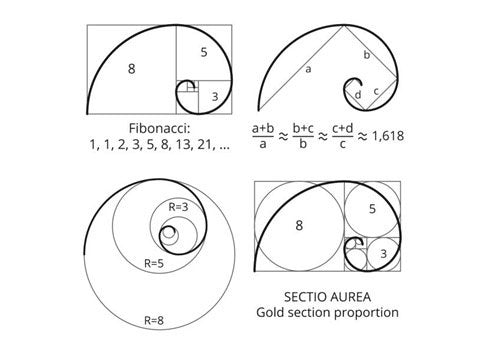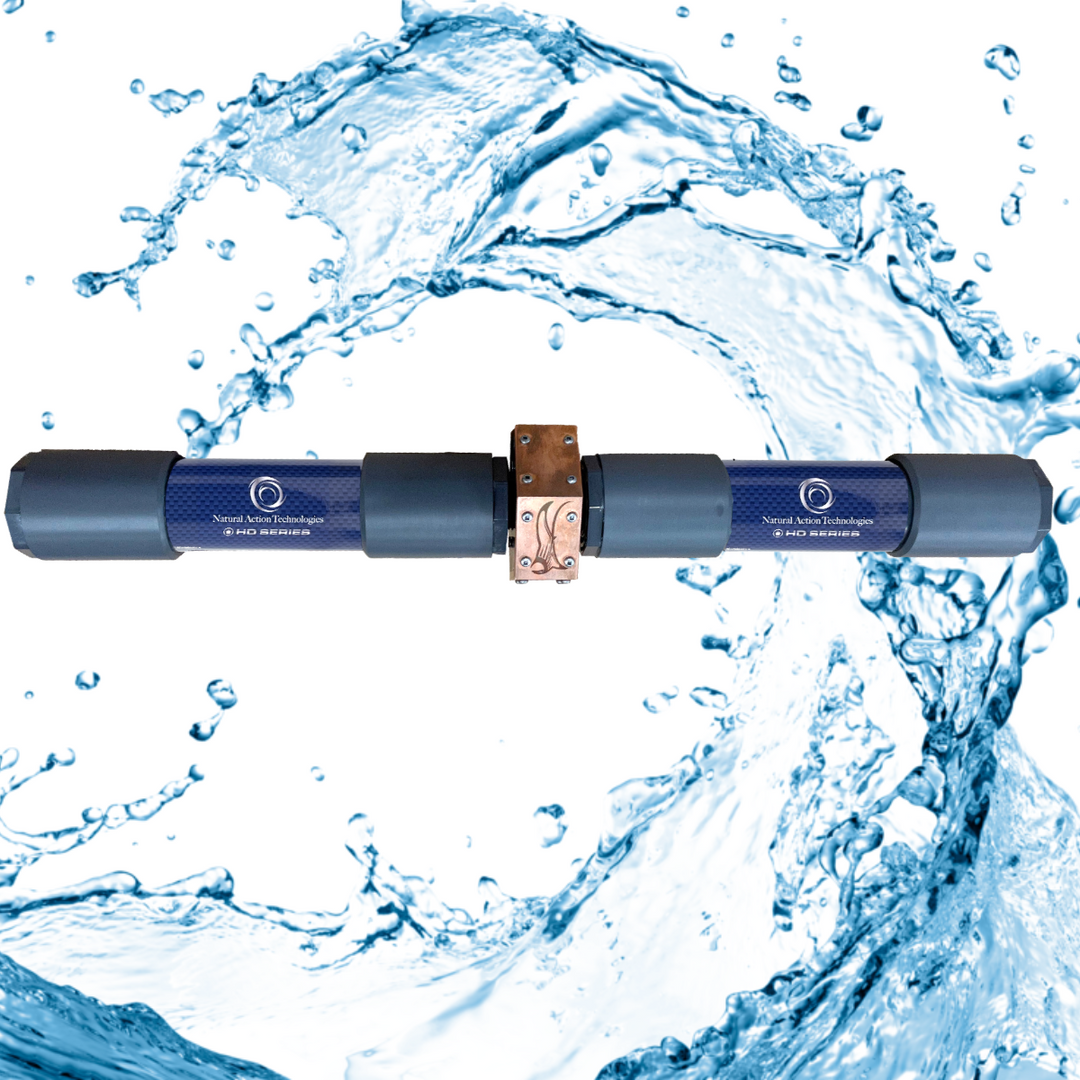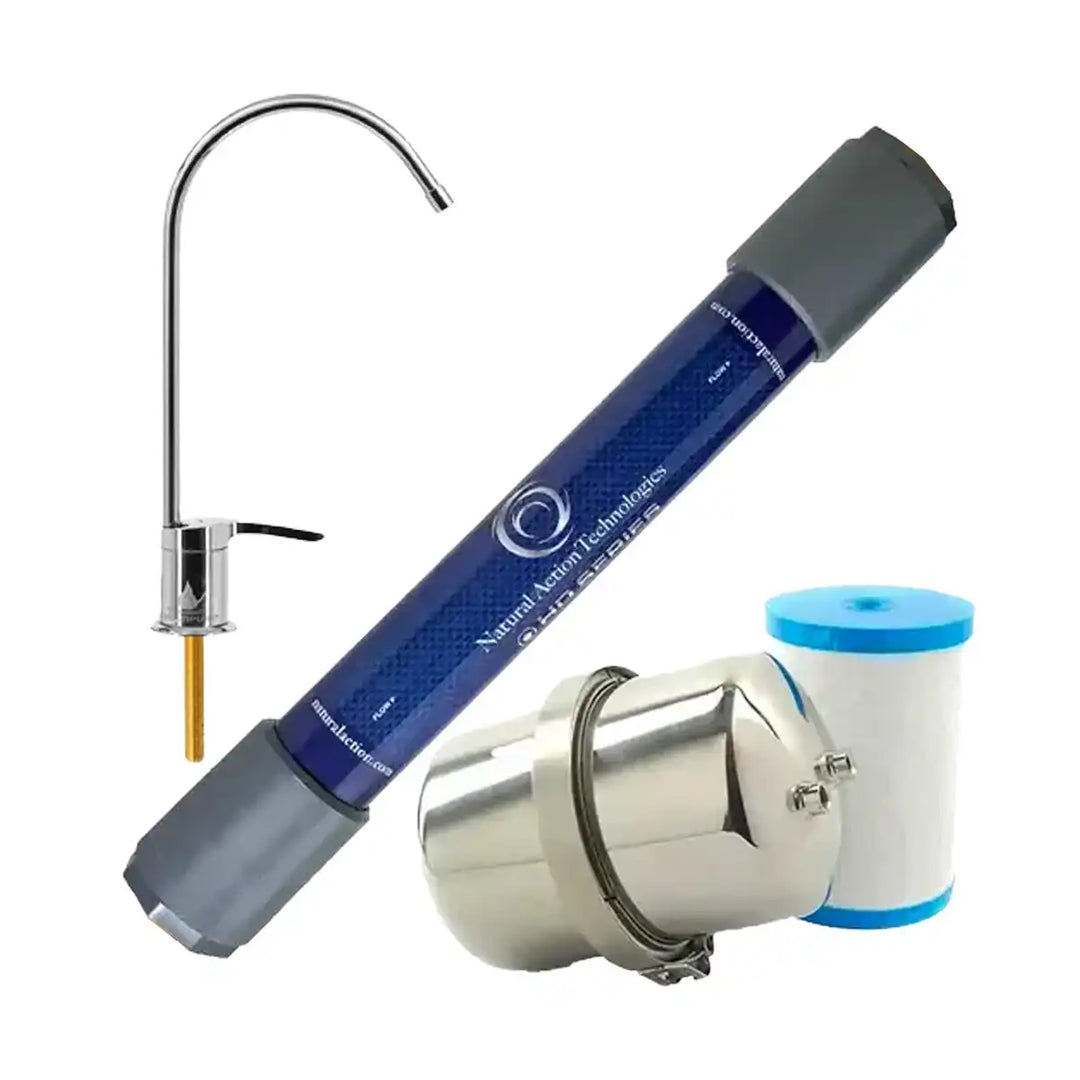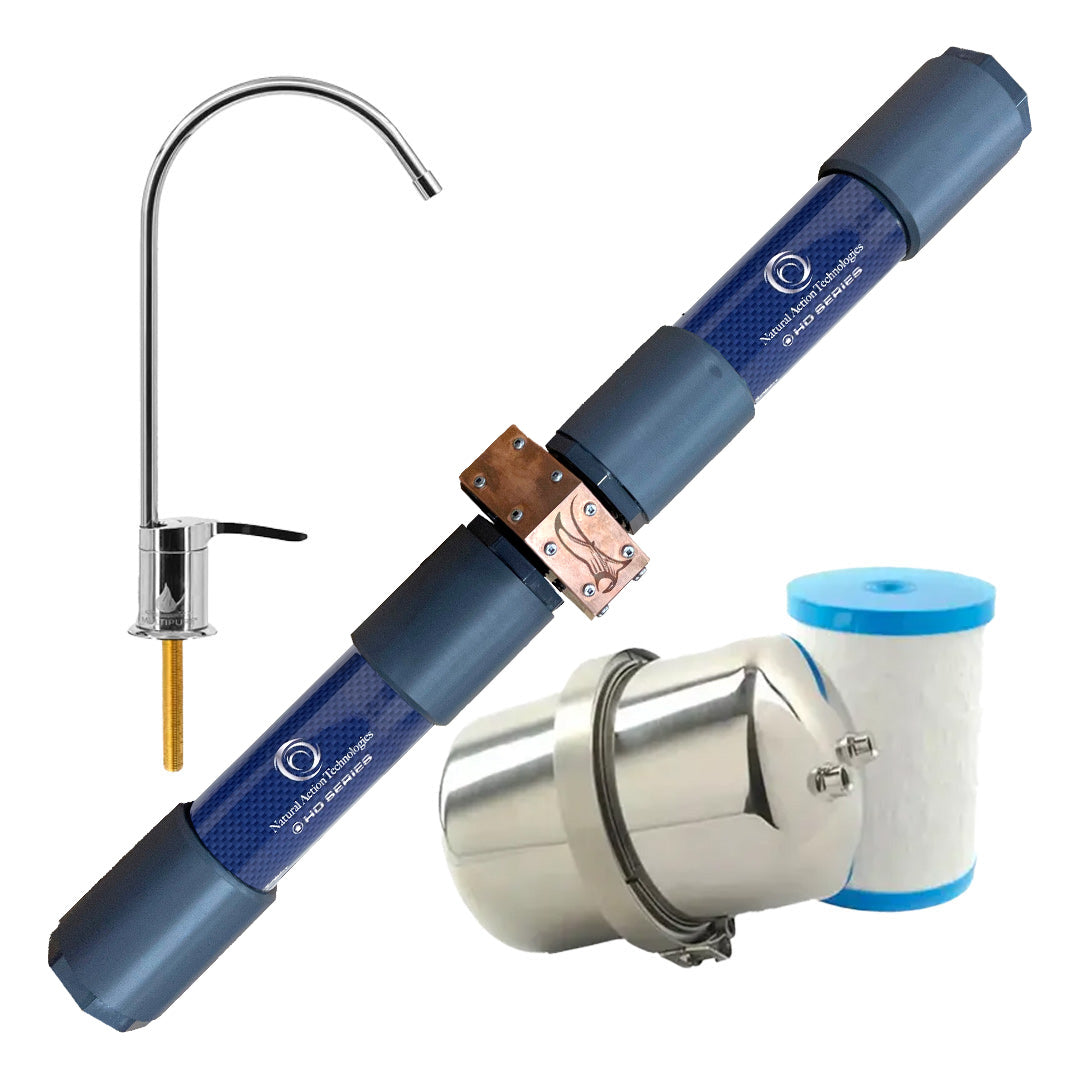By Suzanne Forcese
“The universe cannot be read until we have learnt the language and become familiar with the characters in which it is written. It is written in mathematical language, and the letters are triangles, circles and other geometrical figures, without which means it is humanly impossible to comprehend a single word.” -- Galileo Galilei (1623)
Water covers much of the earth, fills our cells, and pervades our skies. There is however still much to learn beyond the chemical understanding of H2O, the substance that sustains all life. Could mathematics play a role in our grasp of the true nature of water?
WaterToday explored this possibility with two leaders of the Tesla World Foundation Centre, Zagreb, Croatia. We had the pleasure of a joint interview with Tomislav Jurendic, PhD, Biotechnical Sciences, who is the founder and CEO of Bioquanta Ltd, Croatia, a company for research and development of nature friendly technologies and bioprocesses and Davor Pavuna, PhD, Emeritus Professor of Physics at the Swiss Federal institute of Technology Lausanne, Switzerland; founding president of Tesla World Foundation; co-chair of the international conference series “From Basic to Life Science”; and a member of past US President Barack Obama’s Science Team. Drs. Pavuna and Jurendic have chosen the site of Lika, Croatia – most known for its travertine waterfalls and 16 cascading lakes – for the Tesla World Foundation Centre.
Unlike most of the civilized world where water is forced through pipes and unnatural right angles that render it lifeless, Lika is where “water is still naturally alive,” Pavuna says. “It is also the birthplace of Nikola Tesla. “We are fascinated by Nature and water. Water likes freedom. Nature enables freedom.” The two physicists worked together on their first water paper (Water 2012), where they examined structured water and fractal math.
“Applying fractal math to almost any area of science is largely overdue, so we are in the very early stages of the emergence of a completely new science.” Fractals? “Although the Golden Ratio and Fibonacci set were known centuries before, the word fractal was coined by IBM scientist Benoit Mandelbrot. The term ‘fractal’ geometry, cannot be represented by classical geometry.” In 1980, Mandelbrot programmed a computer to draw a mathematical equation and discovered an entire mathematical universe. “Nature is far more complex than to be described using terms like ‘straight line’, ‘cube’, ‘circle’.
According to Mandelbrot, real natural objects such as coastlines and trees, clouds and many other objects can be described using fractal geometry.” A fractal is a geometric pattern with geometrical and topographical features that are repeated in miniature on finer and finer scales.
The Mandelbrot set can be derived by this simple formula: take a complex number, square it, and then add itself to the product, over and over again. “Fractal objects appear self-similar under varying degrees of magnification. In other words, as you look closer you see a replication of the whole. This very important fractal property is called self-similarity. An important role in fractal geometry is dimension.”
“Classical (Euclidean) geometry deals with “flat” approximations. It is excellent for describing non-natural phenomena, but for many natural phenomena much more refined mathematics is required. Neither the water molecule nor water systems are regularly shaped. Water structures (water molecules and clusters) as natural objects are far more complicated than to be observed as one-two-or three dimensional or Euclidean geometry. This should be the task of fractal geometry.”
The universe is filled with spiral designs. Spirals can be found in the shapes of the DNA double helix, flowers, elephant tusks, sunflowers, hurricanes, draining water, animal horns, a snail shell, a pinecone, a cabbage, a fingerprint, -- and the list goes on to include galaxies. Spiral designs are not random. They have something in common.
The Golden Ratio (1.61803). Spirals and vortexes are Nature’s way of gathering energy when water passes over a particular geometric shape. In the vortex spin, the water becomes structured. “We started to align with the idea of structured water,” Pavuna says. “It seemed implicit and very natural to us.” Perhaps the time is now for a different perspective – through water’s fractal lens.












